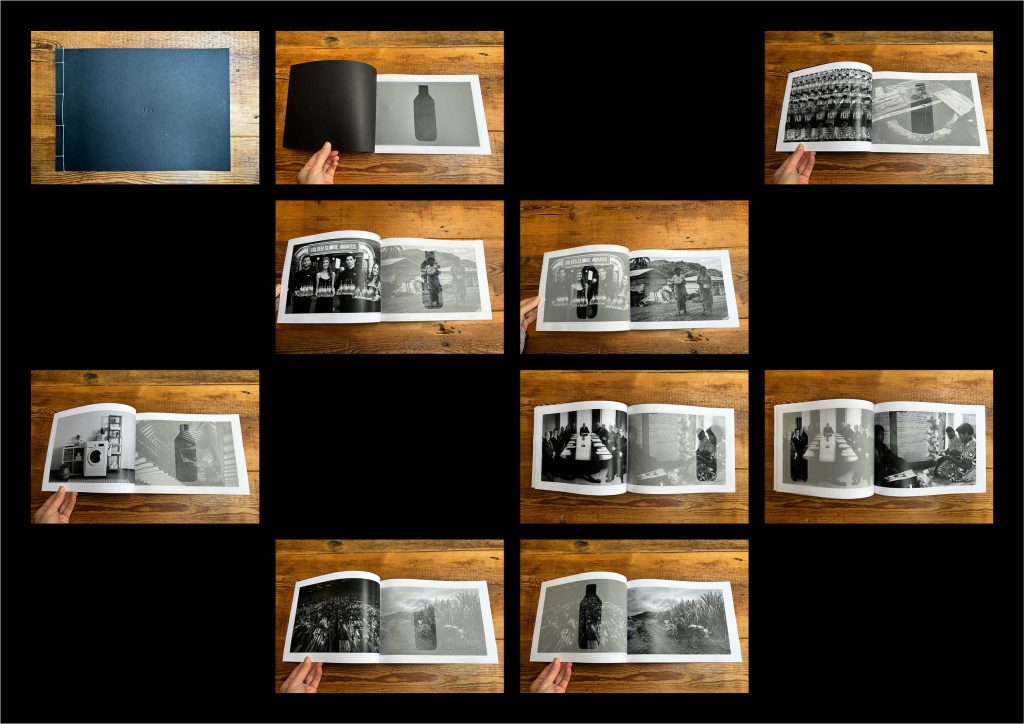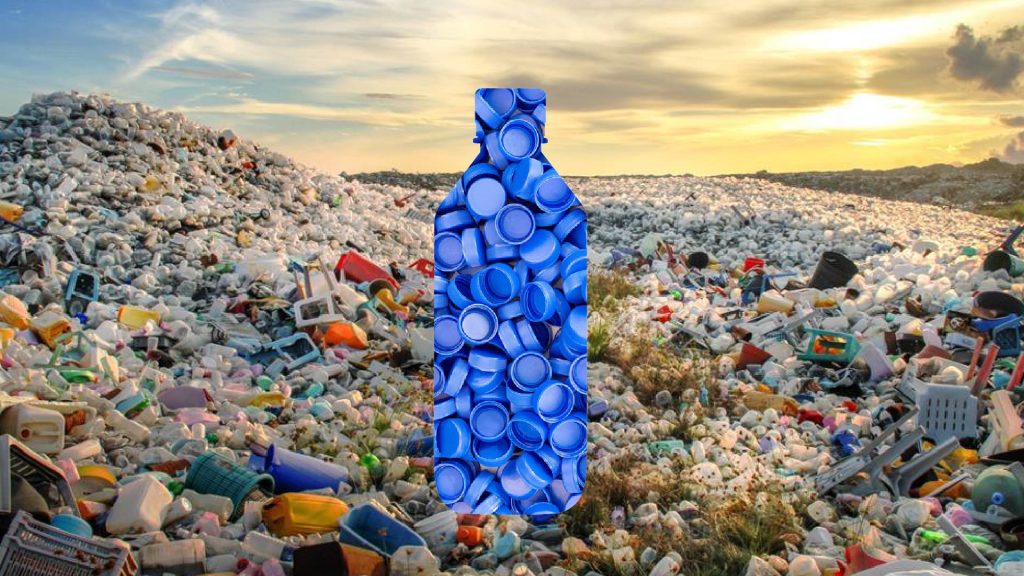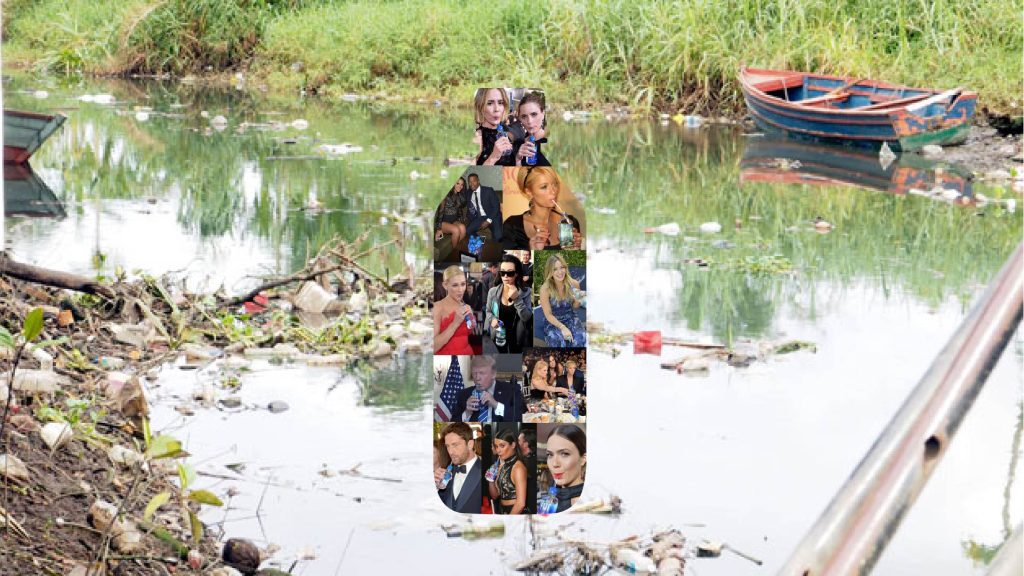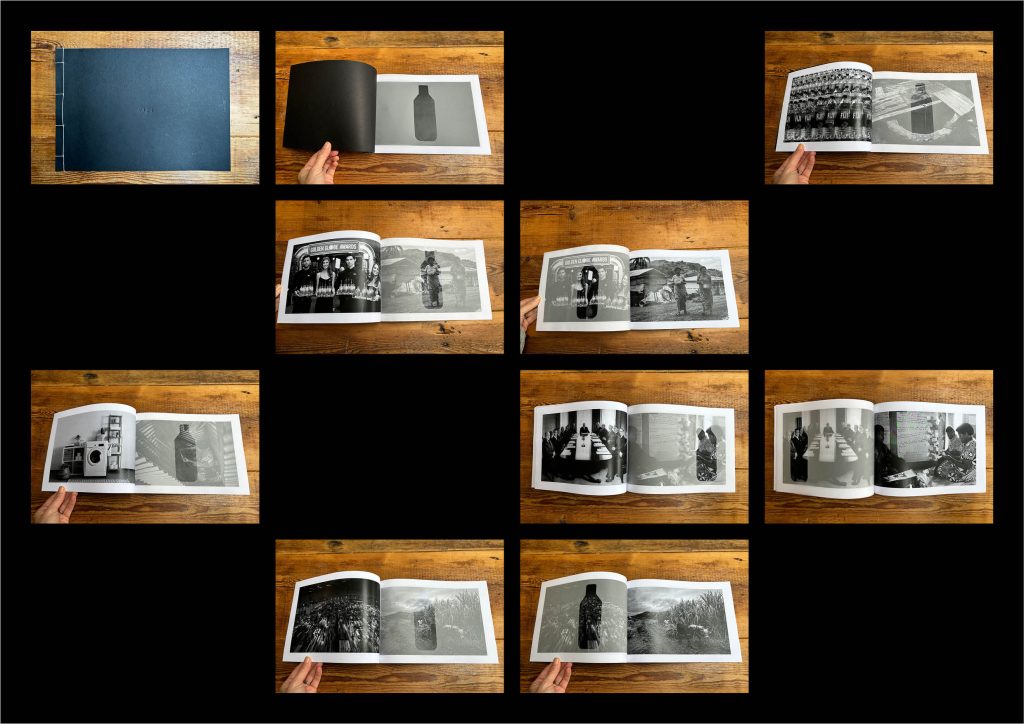UNIT 1: BRIEF 5: Methods of Contextualising
We chose to develop the theme of Communicating Without Words as so many of the adverts in the campaign rely heavily on suggestive imagery that construct a tone, feel, emotion, expectation and constructed truth as to what FIJI water is, but isn’t. We decided as a group I was going to experiment with imagery (photography).
Within this framework I wanted to continue to develop my focus through the lens that ecofeminism raised, of marginalised groups being adversely affected by climate justice, as well as overconsumption as highlighted by Danah Abdula.
After a few false starts (see further below) I created a book highlighting the scarcity of clean water for marginalised and oppressed groups in Fiji and juxtaposing them against images from the West depicting the ‘luxury’ world FIJI water situates itself within. I found an incredible set of photographs that were available for download, from the Water for Women initiative in partnership with Habitat for Humanity that in 2018-2022 worked together to create a more “equitable and inclusive decision-making processes” in communities that are more vulnerable to the impacts of climate change.
“With a focus on the most marginalised within communities, specifically women and girls, people with disabilities, the project has directly benefitted some 5,470 people with improved access to WASH, including more than 2,700 women and girls and 117 people with disabilities.”
waterforwomenfund.org/en/project/water-for-women—fiji.aspx

“The advantage of having women on the WASH committee is to break the barriers of gender inequality in the village. Women are the ones that use water on a daily basis in terms of washing, cooking, drinking and cleaning, thus it is important that they are included in the WASH committee.”
Joshua Rili, Youth leader and WASH Committee member from Nasoqo community
On reflection the recontextualisation of both sets of images start to have cultural, societal, political and environmental positions.
(I wouldn’t normally take images from a source like this and reproduce them without permission, but as this is for a contained University project and they were available to download by anyone, at any size, with no note of copyright, I felt it was OK to do so, but I had have gone against our ‘without words’ ethos and put a page in the back of the book with full disclosure of the project, where the images came from, links to the project and images, as recognition and as to not pass them off as my own. I still am not entirely sure this is OK, but I do not intend to publish it, although I have created a handmade book which may be seen as publishing to a degree… So I may still have done a very bad thing.)
Initial Experiments


Initially I wanted to look into how I could visually represent the themes that emerged from our group presentation without words. I started by taking the end frame I investigated initially, and tried to use juxtaposition, as the advert did, to show the overall findings from the previous week.
I wanted to place an image in the FIJI bottle that was a true representation of FIJI water and its impact on climate change, and juxtapose this with an image behind of the wider global implication. I only managed to create two in this set as I couldn’t find any images at all of the machinery that is inserted into the aquifer to bring the water to the surface. I could only find three images of the FIJI factory from the exterior with no polluting elements being excreted (which there must be). So I google earthed FIJI water which came up with three locations on the island, none of which were the location of the extraction. Each of the locations showed areas that had been cleared and evidence of industrial industries. So I google earthed the river the aquifer is near and found a construction there and it was labelled FIJI water but not much else. These very well kept secrets are suspicious and very telling of the secrets they are hiding.
